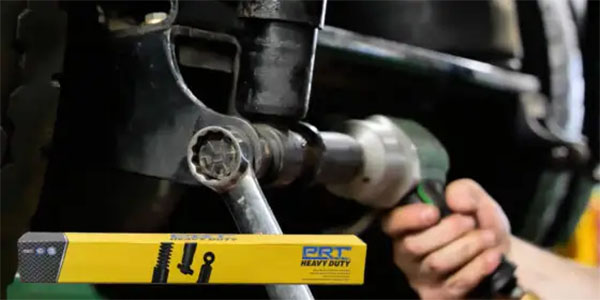Gasoline Direct Injection (GDI) has become the new standard for today’s vehicles. It has allowed the OEMs to control the amount of fuel needed for combustion to a degree which was previously unthinkable. When a GDI vehicle comes into your shop for service, there are several things you need to be aware of before you start diagnosing or repairing the fuel system. Here are several tips, tricks, and best practices for GDI service.
Let’s start with the basics; depressurize the system before you start a repair. There are a number of ways this can be achieved. You could remove the relay for the supply pump inside the fuel tank and crank the engine. With no supply of fuel, the HPFP won’t have anything to pressurize. However, a better alternative is to use a scan tool to depressurize the system. This method typically redirects the fuel back to the fuel tank, so it won’t put any strain on the system. You can confirm that the fuel system has been depressurized by checking the reading from the fuel pressure sensor.
Pay close attention to the seals on the direct injectors. In most applications, the seal ring which seals the injector to the combustion chamber cannot be reused. These seals are often made of materials such as Teflon™ and require special tools to install them. The seal needs to be carefully, and uniformly stretched to slide onto the injector, then it is resized to fit into the groove on the end of the injector. It’s best to check the OE service information whenever you’re servicing the injectors.
The next thing to consider whenever servicing a GDI fuel system is the engine oil. Now, what does the engine oil have to do with the fuel system? Regular oil changes are especially important on GDI engines. As the engine oil ages, the additives inside will begin to break down. This can speed up the formation of carbon deposits on the intake valves, leading to a number of drivability concerns. Old, broken down oil, or the incorrect grade, type, or viscosity oil can lead to abnormal engine wear. This includes special lobe on the camshaft which drives the high-pressure fuel pump. If this lobe wears down, it may not fully actuate the HPFP, resulting in lower peak fuel pressure.
The high-pressure fuel line is another component which may not be reusable during service. In many applications, the fittings on the ends of the line will have a sealant applied inside the threads, or the fitting may stretch or crush during install to form a tight seal. You may also see a yellow tag or sticker on the fuel line which says, “HIGH PRESSURE FUEL LINE, DO NOT REUSE”, or something similar.
And finally, be extremely careful whenever you’re searching for a fuel leak source. GDI systems operate under enormous pressure, and this pressurized fuel could pose a number of health risks if you’re not careful. Wear your personal protective equipment, not just some of the time, but ALL the time. If you’re having trouble finding the source of a leak, try using a telescoping mirror or the camera on your cell phone to gain access to those hard to reach places in the engine bay. If you can’t find an external leak, check the engine oil – it’s possible for fuel to leak out of the HPFP and into the crankcase.
This video is sponsored by Standard® Brand.













